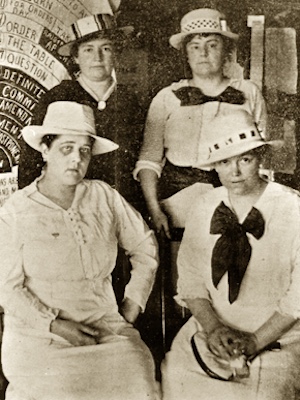The Progressive Era was a time of big changes in Alabama and the United States, from the 1890s to the 1920s. Many people wanted to make life better by improving schools, workplaces, and the government. In Alabama, leaders worked for changes that affected both cities and small towns.
Political Reforms in Alabama
During this time, Alabama leaders worked to make the government more fair. They passed new laws to improve elections and stop cheating, like using secret ballots so voters could make choices privately. Some leaders also worked on laws to limit corruption and make sure more people followed fair rules in politics.
But even with these reforms, many Black Alabamians were still blocked from voting by unfair rules like poll taxes and literacy tests. While the Progressive Era brought some positive changes, it also left some people out of these improvements.
Social Reforms in Alabama

Many Alabama groups worked to improve daily life. The Alabama Federation of Women’s Clubs helped start schools, libraries, and programs to improve education and public health. Women’s groups also helped clean up unsafe drinking water and supported laws to stop child labor in factories and farms. New hospitals were built to give more people access to health care.
In Alabama’s cities, leaders tried to make streets cleaner and safer. New rules were passed to improve housing and prevent fires. Some factory owners improved working conditions because of these efforts.
Alabama Women and the Fight for the Vote
In Alabama, many women spoke up for their right to vote. The Alabama Equal Suffrage Association held meetings and gave speeches to ask for voting rights for women. Pattie Ruffner Jacobs and Marie Bankhead Owen were important leaders who helped spread the message.

Not everyone agreed. The Women’s Anti-Ratification League of Alabama worked against women’s suffrage, saying women should not vote. Alabama’s government voted against the Nineteenth Amendment, but when the amendment became law across the country in 1920, Alabama women gained the right to vote.
A Time of Change for Alabama
The Progressive Era brought many changes to Alabama’s politics and daily life. Women’s clubs helped improve schools, health, and public safety. The fight for voting rights showed that Alabamians were willing to work hard for change—even when not everyone agreed.
